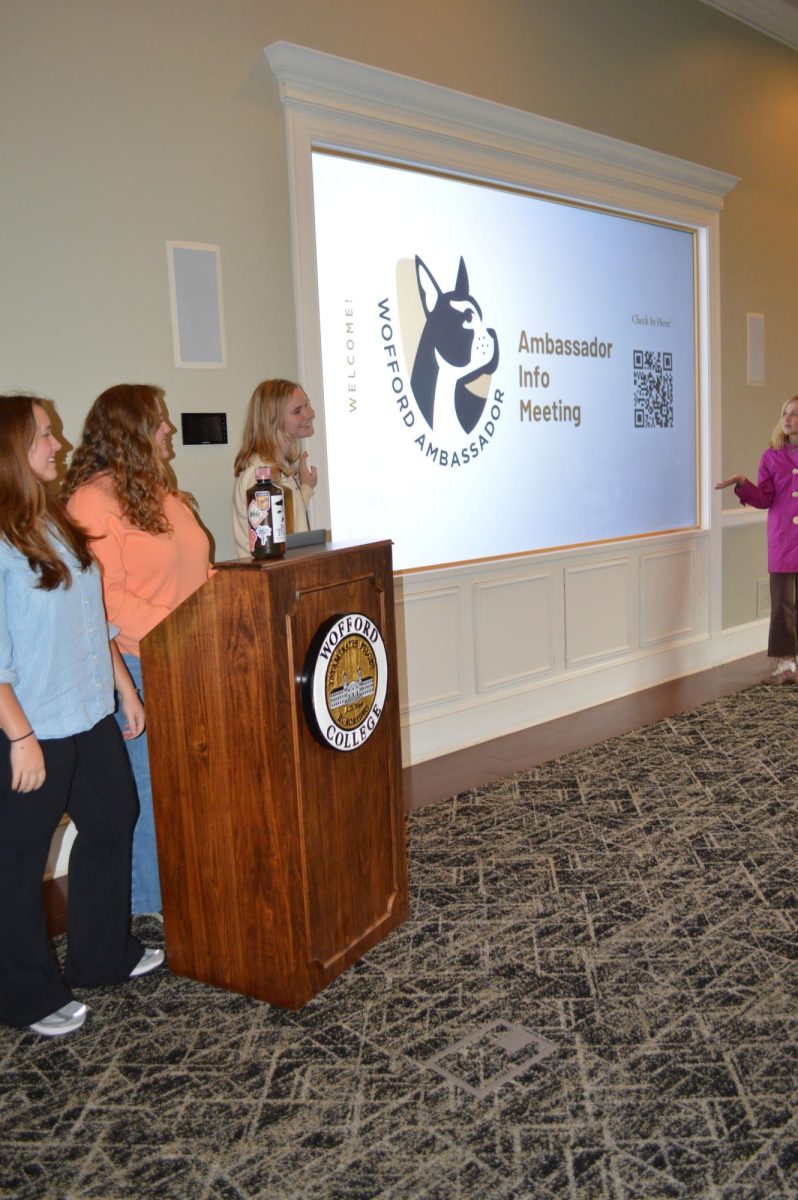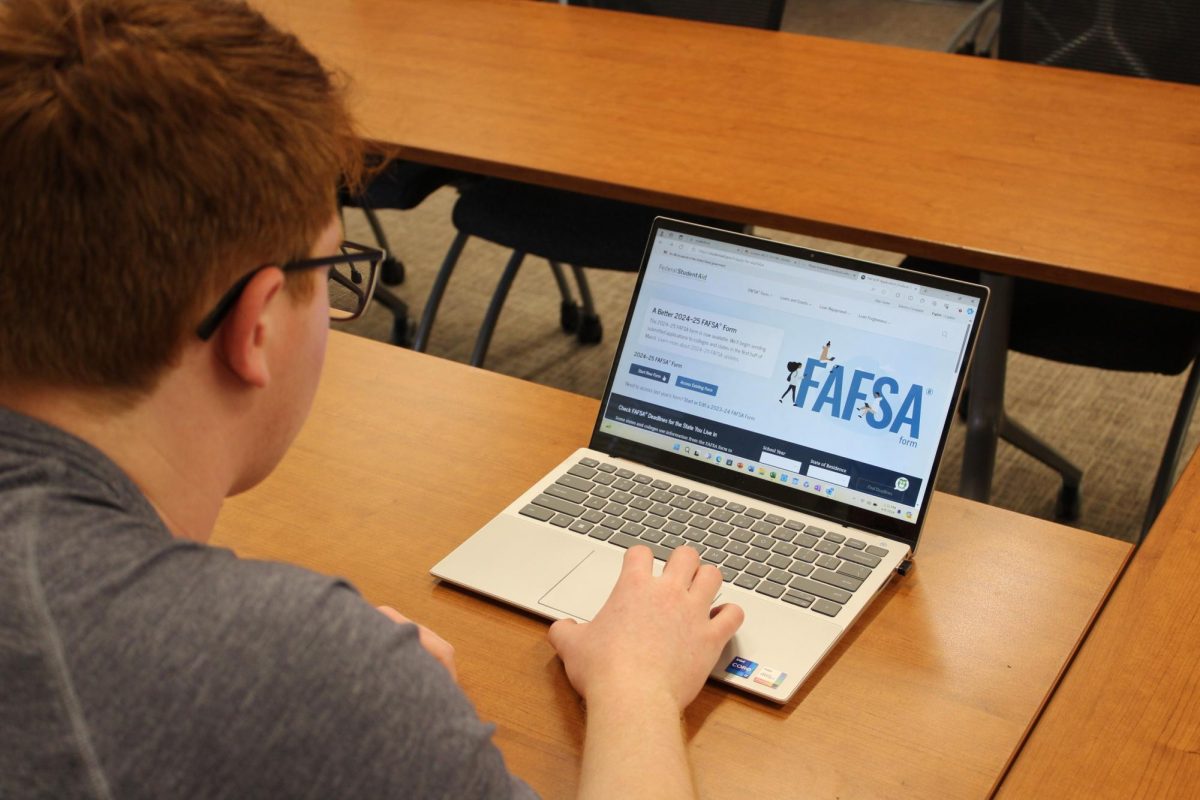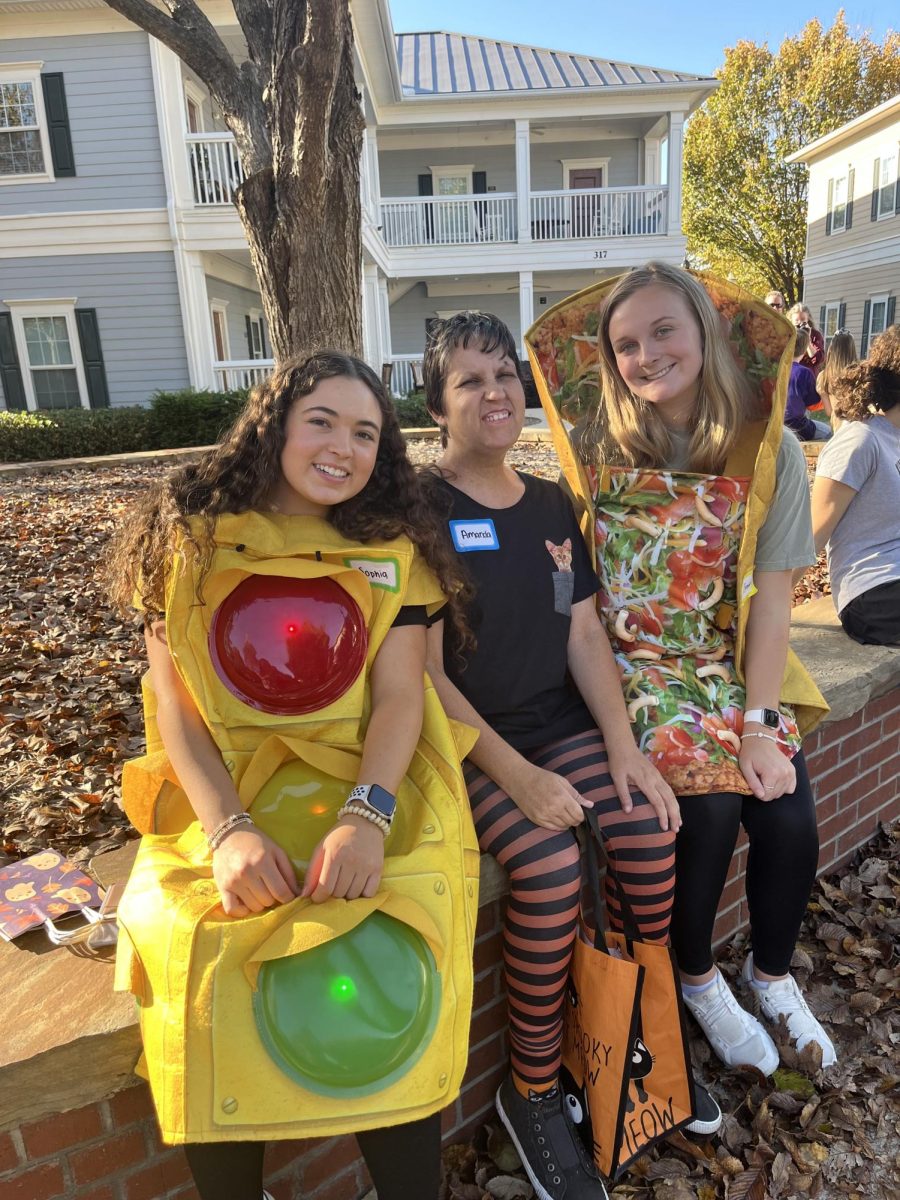In the past year, students have struggled with the Free Application for Federal Aid (FAFSA) being able to financially provide for them. FAFSA is the process where students apply to see if they qualify for need-based financial aid. Many of those applying for aid have not been able to receive their funding statistics from institutions due to the delays.
It is reported that following COVID-19, FAFSA was experiencing technical difficulties, delayed payments and frequent changes in the criteria to meet in order to be eligible for aid.
Due to FAFSA’s current issues, a 15% decline in applications has occurred for the 2024-2025 academic year, roughly two million less than the average from previous years, as reported in “Issues with new FAFSA may cause ‘shocking’ decline in the number of students getting college aid,” an article from CNBC news.
FAFSA was created to make higher education possible for millions of people; however, now that FAFSA is behind, many people are changing their college plans.
Generally, the applications launch in October. However, this academic year, they launched the application in December, causing a delay for families to know if, or how much, financial aid will be offered. Furthermore, the late launch date was followed by the applications being taken down, making them unable to be edited by families, as reported in “FAFSA problems piling up leaving students and parents scrambling,” an article from The Hill.
Considering the delay of the application launch, students are unable to decide on their college until they receive a note of the subject amount of aid they will receive from each college or university.
Wofford College has received a record number of applications for the 2024-2025 academic year. However, fewer students have committed to enroll to date due to delays with FAFSA. Last year, 87% of students who applied to Wofford filed FAFSA. Of this 87%, 83% received some need-based financial aid.
The hope is that students who have not committed are waiting on Wofford for their aid package before making any decisions. The same goes for other schools, as Wofford is not the only one who has been experiencing delays.
Other institutions have extended their decision dates further than May 1, which is Wofford’s deadline to put down the deposit to save an incoming freshman’s spot. May 15 and June 1 are new extension dates for several institutions.
FAFSA’s goal was evidently to get back to students by April 1, leaving them about a month to make their college decisions based on average school acceptance deadlines.
If FAFSA cannot provide aid offers to incoming or current college students, it may cause the need for more loans to be taken out or for students to delay their attendance in college altogether.
It has been found that FAFSA’s problem is simply calculation errors, causing insufficient funds to be available. The miscalculations have delayed Institutional Student Information Records (ISRIs) from being sent to colleges and universities, making it difficult for students to receive financial aid offers from the institution itself.
So, not only has this become a battle for students nationwide to receive federal funding, but it has affected the proper funding the schools can offer to students, ultimately changing the plans for several students against their will.
Representatives from Wofford Admissions are planning to offer two Saturdays in April for “office hours” for families to visit or call to ask questions regarding financial aid so students can make the right decision.
The good news is Wofford is not the only one having to cram what would generally be three months of time to give aid packages into one month. Every school is behind, encouraging students who have applied to several schools to wait to hear from each before making the final decision.
































